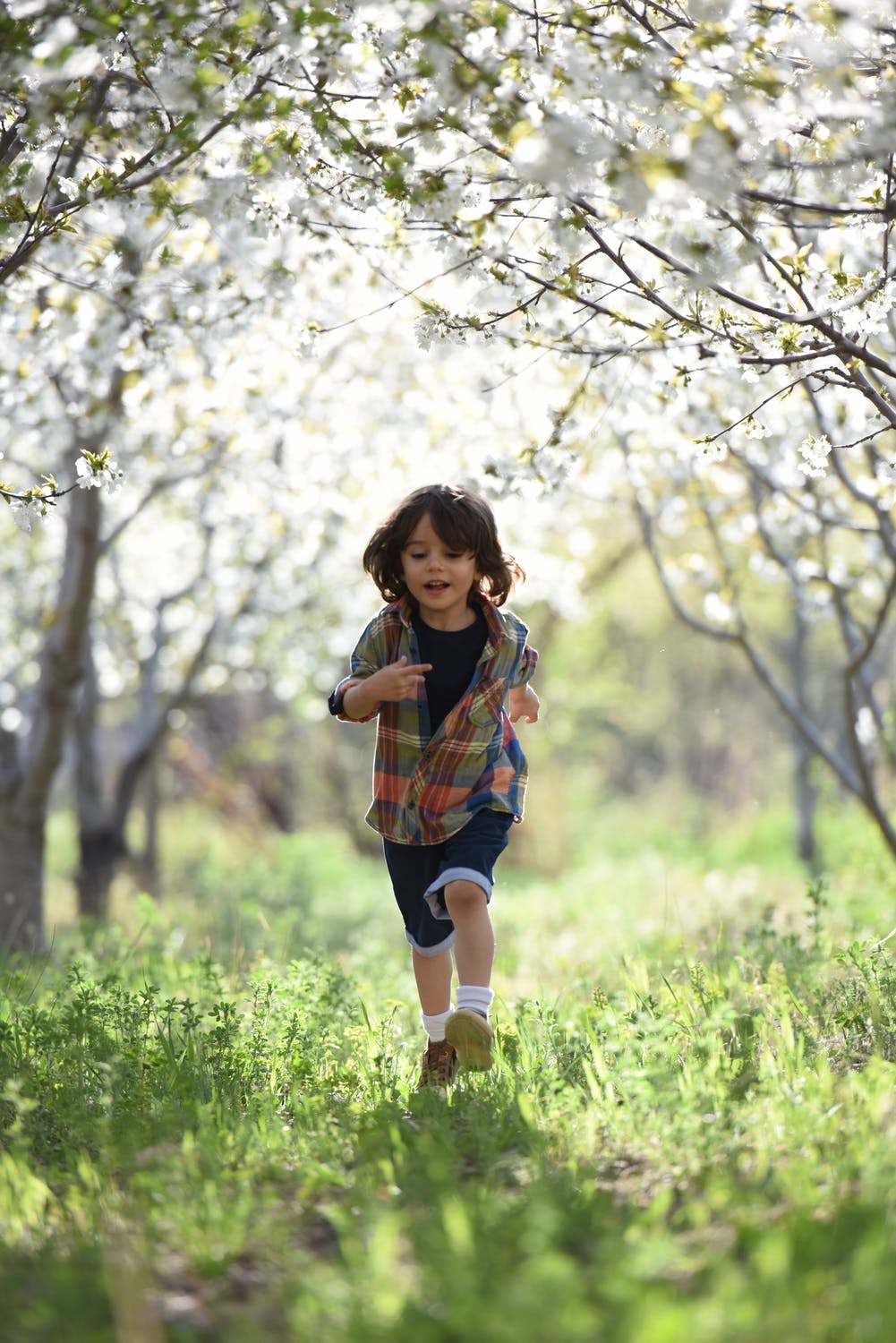
14 Jul What to do If Your Child Has Poison Ivy?
3 min. readResearch reveals that over 80% of people are allergic to urushiol and experience intensely itchy rashes on exposure.
If your child has Poison Ivy, they might try to scratch their arm off. To avoid that, you must learn the best way to treat it.
In this blog post, we’ll discuss how you can identify Poison Ivy, tips to treat it, and ways to know when you should contact a doctor:
How Does a Poison Ivy Rash Occur?
Poison Ivy is a vicious plant that causes an itchy (and annoying) rash when your skin comes in contact.
Poison Ivy and its oak and sumac contain urushiol, a sticky, colorless, and odorless oil that triggers an allergic reaction called Rhus Dermatitis.
What are the Symptoms of Poison Ivy?
Allergic reactions to Poison Ivy result in rashes, blisters, itching, and swelling. Typically, the rash looks like straight lines in the direction the plant brushes against the skin.
In addition, poison ivy causes the following symptoms:
- Small bumps where the plant touches your child’s skin
- Severe itching and redness
- Blisters that break, ooze, and crust over
- Poison ivy rashes may persist for one to three weeks before disappearing completely.
- In rare cases, ‘black spot poison ivy’ occurs triggered by the plant’s black oxidized urushiol.
What Can You Do to Treat Poison Ivy?
While you can treat Poison Ivy rashes with over-the-counter medicines, there are alternative ways to ease your child’s symptoms.
Here are several ways to alleviate the symptoms of poison ivy:
Washing the Oil Off
- Wash urushiol off your child’s skin and under the fingernails as soon as possible
- Utilize soap like dishwashing liquid and lukewarm water for five to ten minutes
- Alcohol-based wipes
- Ensure you use the wipes in one direction instead of scrubbing or rubbing to minimize irritation
Keeping Your Child Comfortable
While these steps won’t remove the Poison Ivy, they will help soothe the pain and avoid infection:
- Use cool, wet compresses to soothe your child’s skin
- Create a colloidal oatmeal bath to alleviate itching
- Use baking soda paste, topical creams, or ointments comprising menthol or phenol three times per day
- Give diphenhydramine liquid to encourage your child to sleep if the rash is causing excessive pain
Minimizing Scratches and Blisters
- Avoid trauma to the skin by ensuring your child’s nails are short
- Topical hydrocortisone can help reduce itching
- Domeboro treats dried-up blisters
Knowing When to Call a Doctor
As a parent, gut instinct is the number one way to know when to call a pediatrician. In addition, look out for these concerning symptoms:
- The symptoms do not improve with over-the-counter medicine
- They have severe rashes on their face
- They feel very uncomfortable
- The rash covers over 25% of your child’s body
- They exhibit signs of skin infection like increased redness, swelling, fluid, or warmth
- They say they inhaled smoke from a burning poison ivy
The Bottom Line: Managing Your Child’s Poison Ivy
The best way to manage Poison Ivy rashes is by teaching prevention measures to your child.
For starters, show your child what it looks like. Secondly, ensure they wear long-sleeve shirts and pants while walking in areas where they might get exposed. Lastly, consider using pet shampoo to alleviate symptoms and improve itching.
While these interventions won’t decrease the rash’s length, they will address the symptoms and make your child more comfortable. If you want to explore more about your Poison Ivy and how to get it treated, you can call Continuum Pediatrics at 817-617-8600.
Sources
https://kidshealth.org/en/parents/poison-ivy.html
https://www.thepediatricianmom.com/blog/poison-ivy
https://www.hopkinsmedicine.org/health/conditions-and-diseases/poison-ivy-rash-in-children

